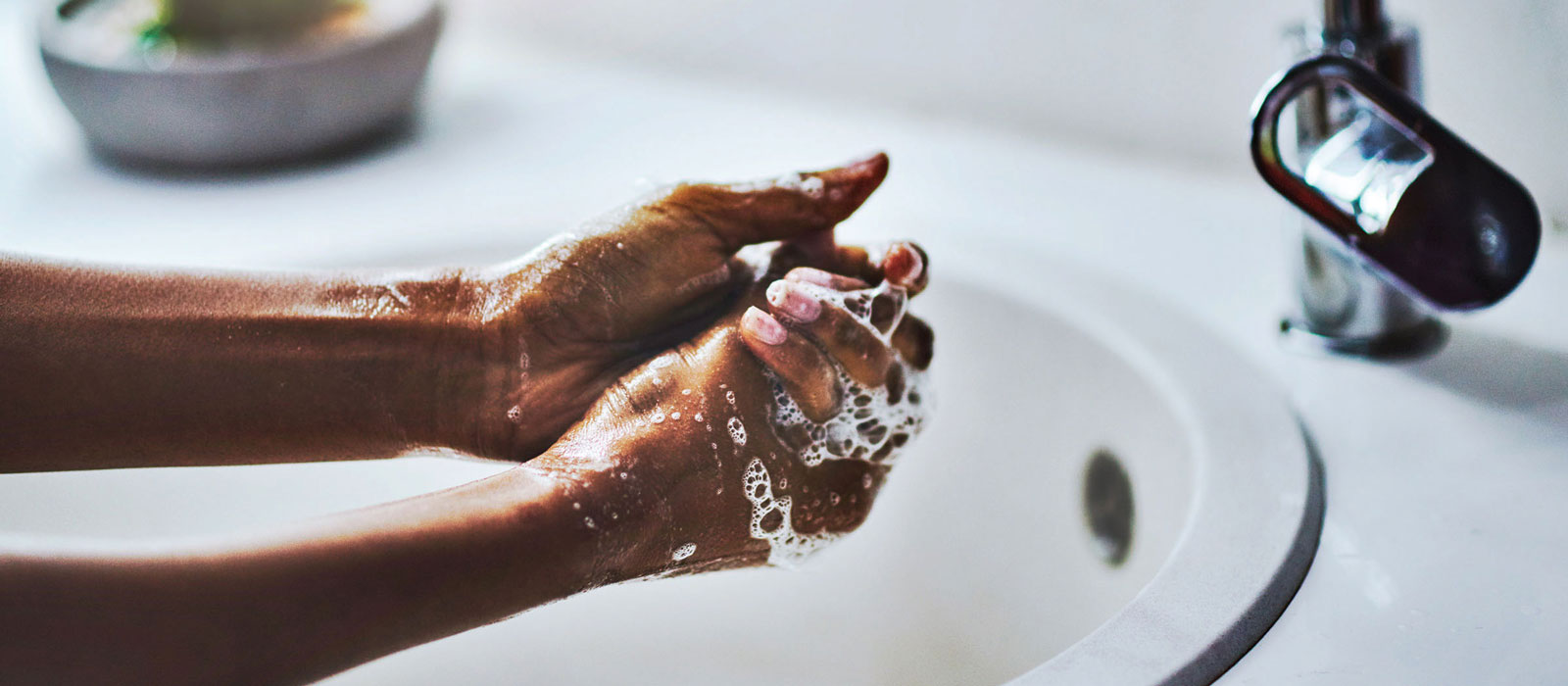One aspect that ambulatory oncology nurses must consider in the greater staffing conversation is the time spent on educating patients and caregivers about oral chemotherapy safety in the home setting. Developing an educational framework to guide those conversations not only ensures that all critical information is covered but also that it’s delivered in a standard and efficient process.
In her article in the February 2020 issue of the Clinical Journal of Oncology Nursing, Huff discussed the evidence for an oral chemotherapy education framework and described the one she developed at her institution.
Oral Chemo Risks in the Home
Unintended exposure to oral chemotherapy medications is associated with the same health risks for caregivers as it is for healthcare providers, Huff explained. Additionally, any misunderstanding about administration of or adherence to oral chemotherapy can put patients at risk for poor outcomes (for low adherence), highly toxic adverse events (for overadherence), or even death. Because of the agents’ narrow therapeutic window, strictly following administration instructions is critical.
Huff used a literature review to evaluate the evidence for standardizing oral chemotherapy safe-handling education for providers, patients, and caregivers. Across many of the studies, researchers found widespread hazardous drug residue in the homes of patients receiving IV chemotherapy. Patients excreted low levels of the drugs through urine, feces, and exhalation for four days following administration, putting family members and caregivers at risk for exposure.
Other studies from the literature review showed that patients and caregivers may believe that oral chemotherapy isn’t as dangerous as IV chemotherapy because they can self-administer it at home, Huff reported. Adherence to essential safety tasks, such as handwashing before and after administration, cleaning up spills, and properly disposing waste, was low. Less than 6% of caregivers used personal protective equipment (PPE), according to one of the studies.
Oral Chemotherapy Safe-Handling Checklist
To address the inconsistencies and better protect caregivers and family members, Huff developed an oral chemotherapy safe-handing checklist for oncology nurses to use at her institution when providing patient and caregiver education. The 12-point list covers the information and behaviors critical to safely administering oral agents in the home. Additionally, home care nurses can use the checklist to reinforce education and assess adherence during follow-up visits. To view the checklist, refer to the article online.
The checklist goes over subjects including:
- The treatment’s purpose and how it works
- Health risks for caregivers and why they must use PPE
- Preventing residue exposure
- Guidelines for safe storage and spill management
- Disposing hazardous waste
- Handwashing and hygiene
- Returning unused medication
Recommended Education Strategies
Provide patients and caregivers with information sheets and materials that they can take home and refer to later, Huff said. She pointed to oralchemoedsheets.com, a patient-education website that ONS worked with partners to develop, which offers information sheets for oral therapies. Other resources to help promote adherence include:
- Calendar outlining the drug administration schedule, especially for intermittent or cyclic dosing
- Chemotherapy-designated pill boxes
- Electronic reminders or apps
Explain the consequences of nonadherence, overadherence, and improper dosing or administration, especially manipulating the pills. Patients and caregivers should not cut, crush, or liquify the medication because of the risk of aerosolizing the chemotherapy. If they become unable to swallow the pills, instruct patients to contact their healthcare providers and pharmacists to determine alternative administration options.
Patients should try to self-administer the chemotherapy whenever possible; if a caregiver prepares the dose, they should follow a “no touch rule” using the PPE instructions in the sidebar. If skin contact does occur, they should inform the patient’s healthcare provider as soon as possible. Instruct patients and caregivers to avoid preparing the medication dose at the kitchen counter or table or on other common surfaces that household members share.
Although a chemotherapy-designated pill box may help adherence, Huff advised that oral chemotherapy should not be stored in shared pill boxes because of remaining residues. Any spills or known contamination should be cleaned with a 5% bleach solution combined with detergent that is poured, not sprayed. Teach patients and caregivers to wear nitrile gloves and wipe the surface starting at the outside of the spill and moving toward the center to prevent spreading.
Implications for Nurses
Although oral therapies have safety risks, using a teach-back method with an educational framework can help oncology nurses provide standardized information to patients and caregivers to minimize the risks and protect themselves and other household members.
For more information about the educational framework, to view Huff’s example, and to access the opportunity to earn 0.5 contact hours of nursing continuing professional development, free for ONS members, refer to Huff’s full article in the Clinical Journal of Oncology Nursing.
Questions regarding the information presented in this article should be directed to the Clinical Journal of Oncology Nursing editor at CJONEditor@ons.org.






